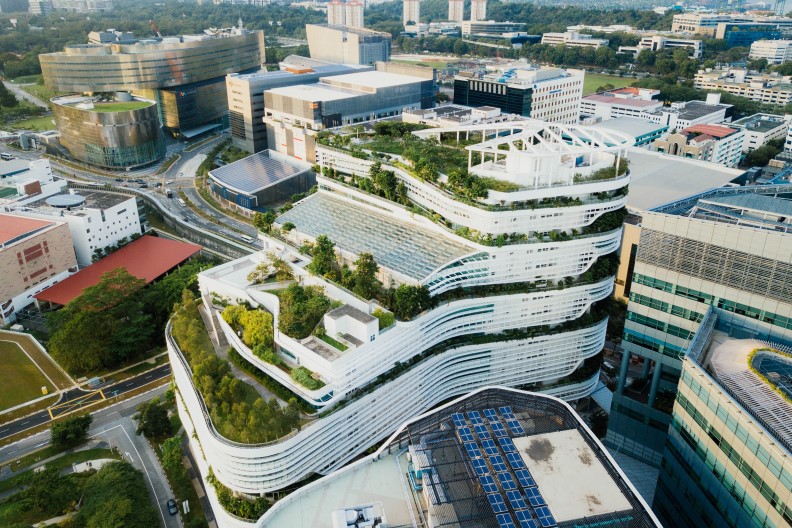2010 Codes and Standards Enhancement Through Demand Control Ventilation in Buildings

When designing a demand controlled ventilation (DCV) system, mechanical engineers must be aware of the latest requirements in building codes. Since technological innovation does not stop, codes and standards are updated at regular intervals. Both ASHRAE and the International Code Council (ICC) review their standards at three-year intervals. Local governments tend to upgrade their codes when these organizations have recently published new versions, to use them as reference.
The latest ventilation standards from ASHRAE were released in 2016, and there were 2010 and 2013 versions before them. A revision is currently underway, and the 2019 versions will be released soon. The ICC also follows a three-year review cycle: their latest codes are from 2018, and there were 2015 and 2012 versions before.
Design requirements for ventilation systems were first covered by Ashrae standard 62 in 1973, but the document was divided into two versions since the 2004 review cycle:
- Standard 62.1 covers commercial buildings and high-rise construction in general.
- Standard 62.2 covers low-rise residential buildings.
Are ASHRAE and ICC Codes Mandatory for DCV Design?
When designing a DCV system or any other building installation, keep in mind that only local codes are mandatory. Requirements from ICC and ASHRAE standards are only mandatory if referenced directly by local building codes.
- Consider that only the latest version referenced in local codes is required.
- For example, if a local building code uses ventilation requirements from the 2015 International Mechanical Code, the 2018 version is optional.
Existing constructions are subject to the code versions that applied when they were built. In other words, a code upgrade does not force you to carry out a building renovation. However, there are two main cases in which new requirements may apply for older buildings.
When a building code is updated, some new requirements may be considered of high priority. This can be for reasons like safety or energy efficiency. A local law is normally published independently from the new code, indicating which requirements are retroactive.
New code requirements also apply for building owners who are planning additions and renovations. Existing edifices are not subject to new codes, unless a law makes certain requirements mandatory. However, any major renovation must be designed and built according to the latest code versions.
How Are Ventilation Requirements Changed by New Codes?
When a new building code is published, there are two main types of changes. Some code upgrades change the text to clarify ambiguity or conflicting interpretations, while conserving the same technical requirements. There are also technical changes that make existing requirements more demanding, or they introduce new ones. In the case of HVAC systems, these can cover areas like temperature control or the use of occupancy sensors.
DCV can bring benefits, even when local building codes do not require it for a specific application. DCV lowers the energy consumption of air-handling equipment, and a reduced outdoor airflow also requires less heating and cooling. Just keep in mind that DCV is only applicable in VAV systems (variable air volume). HVAC installations that still use constant air volume systems must be upgraded to VAV first.
Related articles: